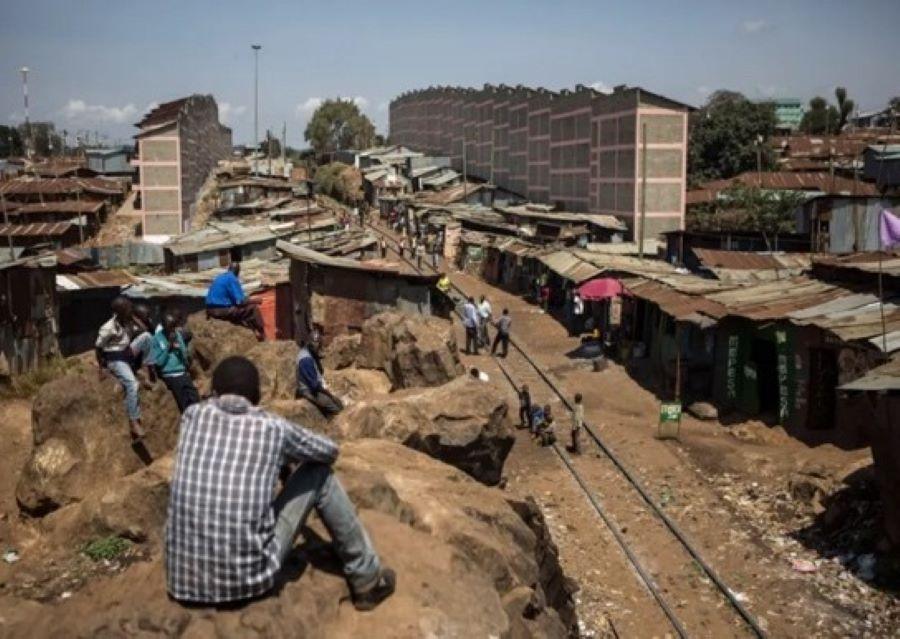Impact of Urbanization in Kenya: Water Scarcity and Sanitation

Kenya, located in East Africa, is known for its dynamic labour force and rapidly growing cities. To understand the current challenges of water scarcity and sanitation, it is important to look back at how the country’s infrastructure was developed.
The water piping system in Nairobi, Kenya’s capital, was originally laid down during the colonial period in the 1960s. At that time, the city’s population was relatively small compared to today. According to the East African Statistical Department – Kenya Unit, a census in 1957 recorded Nairobi’s population at approximately 222,000. Today, Nairobi’s population has grown to about 5.3 million, a staggering 2,287% increase. While planners may have anticipated some growth, this level of urbanization was not foreseen.
Urbanization and Informal Settlements
Today, Nairobi is Kenya’s largest city. As urbanization accelerates, thousands of people migrate from rural areas to the city each year in search of better economic opportunities. Yet, most newcomers cannot afford the high cost of living in formal residential areas. As a result, many settle in informal settlements, commonly known as slums where housing is constructed from inexpensive materials such as corrugated iron sheets.
The demand for affordable housing continues to rise, fuelling the expansion of sprawling informal settlements across the city.
A common saying goes that with every wealthy Nairobi neighbourhood; a slum is nearby.
For instance, Lavington borders Kawangware; Karen borders Dagoretti and Mutuini; Kilimani and Hurlingham border Kibera; Muthaiga borders Mathare; Runda borders Gachie and Huruma; and Westlands borders Kangemi and Deep Sea. This stark contrast highlights Nairobi’s spatial inequality,where affluence and poverty coexist side by side.
Water Scarcity and Access
In informal settlements, residents often lack direct access to piped water within their homes. Instead, they rely on community water kiosks where water is sold per jerrican, typically costing between Kshs. 5–10 (USD 0.04–0.07) for 20 litres. They also depend on communal pit latrines, which, according to Global Press, cost approximately Kshs. 5 (USD 0.04) per person per use. A pit latrine is a simple toilet in which human waste is collected in a hole dug into the ground. In slum areas, these facilities are often shared among many households, and residents may need to walk long distances and pay up to Kshs. 10 (USD 0.07) per use. While these charges may appear affordable, they place a significant financial burden on low-income families with several dependents.
The inconsistent water supply has also fuelled the emergence of illegal vendors, who control water distribution and frequently inflate prices. Consequently, many households resort to unsafe coping mechanisms, such as using “flying toilets” (plastic bags used for defecation and later discarded in open areas), further worsening sanitation conditions. Moreover, water distribution pipes often pass through open sewers and polluted rivers, leading to contamination of water before it reaches consumers and exposing residents to serious waterborne diseases.
Sanitation Challenges
The sanitation situation in Nairobi is equally concerning. Approximately 75% of the city’s residents are not connected to a formal sewer system. Instead, they rely on on-site sanitation solutions, such as septic tanks or, in informal settlements, pit latrines. When pit latrines become full, they must be emptied. However, the narrow and unplanned pathways typical of informal settlements make it difficult for exhauster trucks to access them. As an alternative, sanitation workers manually remove the waste using buckets or “ambulances” (barrels mounted on wheels) and dispose of it in nearby rivers or drainage systems. This unsanitary practice significantly contributes to the spread of waterborne diseases such as cholera, typhoid, and dysentery, posing a major public health risk.
Possible Solutions and Government Response
Government sanitation strategy
- The government is gradually adapting its approach to sanitation in Nairobi. Working toward a realistic balance: 60% non-sewered sanitation and 40% sewerage coverage.
- Encouraging: Community-driven initiatives, Public-private partnerships and Technological innovations
Innovative water access solutions
- Innovative approaches are being tested to improve access to safe water.
- Example: Installation of aerial pipes to deliver clean water to underserved neighbourhoods. This prevents tampering, reduces contamination, and limits the influence of cartels.
In conclusion, to address these issues, collaboration among the government, private sector, and communities is essential. Strengthening policies aligned with SDG 6, empowering the Nairobi Water and Sewerage Company, and fostering public–private partnerships, guided by Kenya Vision 2030, are key steps toward achieving universal access to clean water and improved sanitation.
References
Kenya National Bureau of Statistics. (1960). 1960 Statistical abstract.
Crow, B., & Odaba, E. (2009). Scarce, costly and uncertain: water access in Kibera, Nairobi.
Sarkar, A. (2020). Kenya’s urban poor are being exploited by informal water markets.
Katrina The Traveller. (2022, September 22). HOW WE PAY KSH 5 TO USE A TOILET IN NAIROBI SLUM,KENYA (AFRICA). YouTube.
Global Press Journal. (2013, February 22). Global Press Journal.
AP Archive. (2025, May 11). Aerial pipes bring clean water to impoverished Nairobi neighbourhood. YouTube.
Text: Druscilla Mutevu